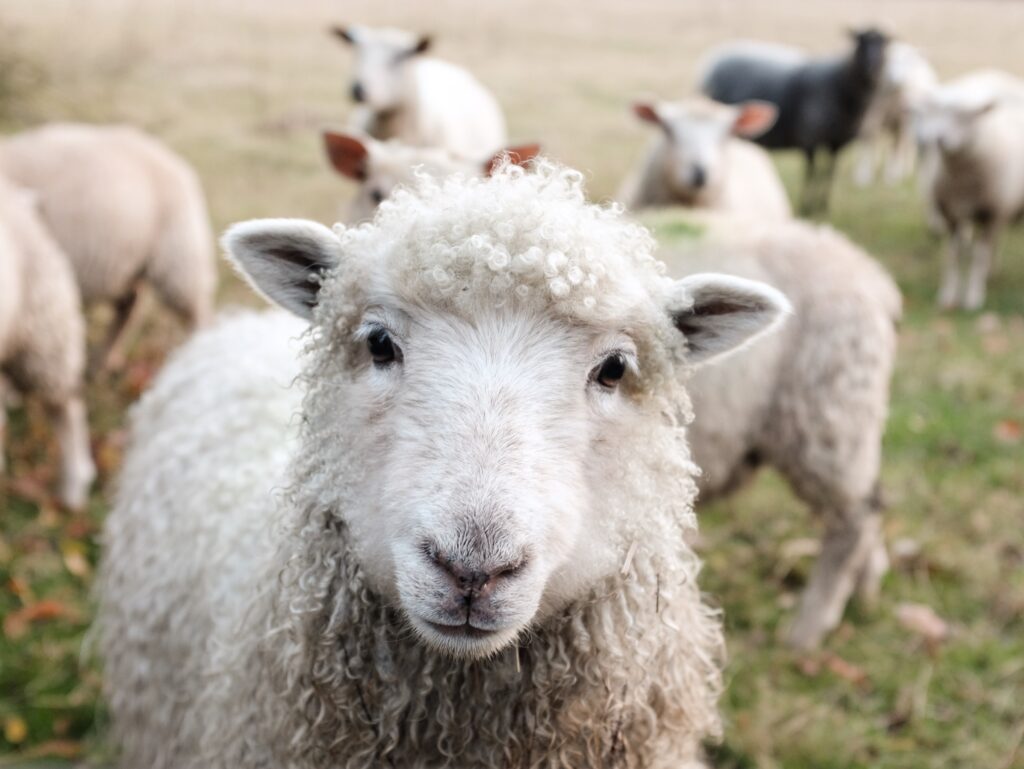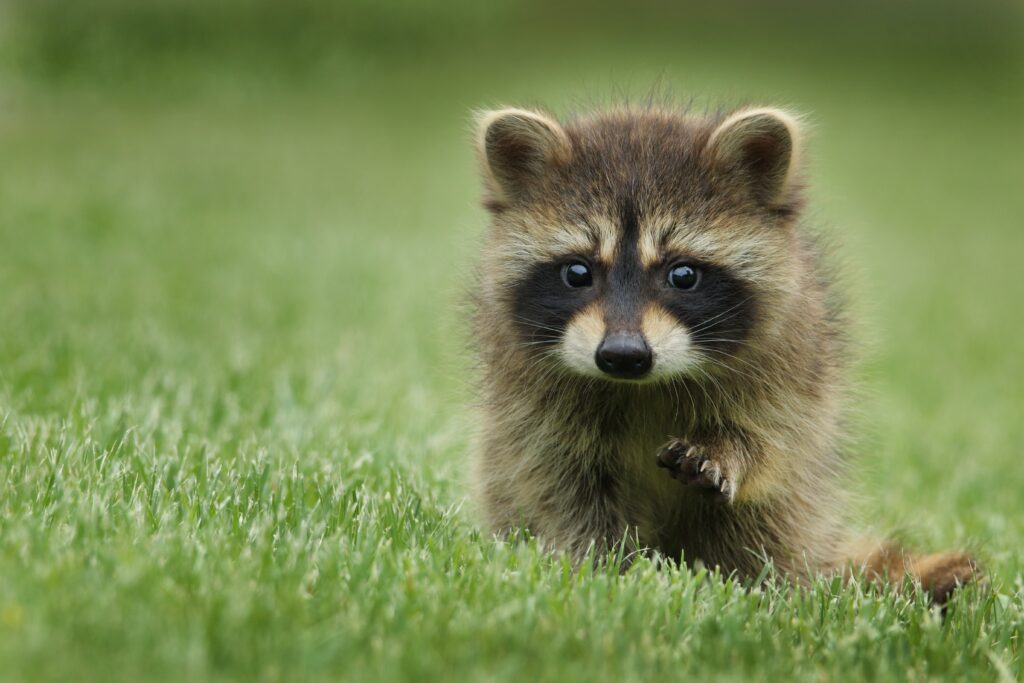
Ever wonder why your furry feline friend is endlessly fascinated with chasing its own tail? From the iconic image of a cat spinning in circles to the playful swipes it takes at its own rear end, this quirky behavior has puzzled cat owners for years. At first glance, it may seem like a simple case of curiosity or boredom, but there’s more to it than meets the eye. So, why do cats chase their own tails? Let’s take a closer look at this puzzling behavior and uncover the fascinating reasons behind it.
Table of Contents
Natural Instincts and Hunting Behavior
Hunting Instincts
One of the reasons why cats chase their own tails is rooted in their natural instincts as hunters. Cats are born predators and have innate hunting instincts that drive them to chase and capture prey. Even if your cat is well-fed and doesn’t need to hunt for food, the hunting instincts are still deeply ingrained within them. Chasing their own tail is a way for cats to express and satisfy these hunting instincts.
Predatory Play
Cats are known for their playful nature, and chasing their own tails can be a form of predatory play. During playtime, cats often engage in simulated hunting behaviors, and chasing their tail is just another way for them to engage in this instinctual behavior. While it may seem like a harmless game to us, this play helps cats to stay mentally and physically stimulated.
Pouncing and Ambushing
Another aspect of a cat’s hunting behavior that can manifest in tail chasing is the pouncing and ambushing. Cats are stealthy hunters and tend to approach their prey quietly and then make a sudden burst of movement. When cats chase their own tail, they may be simulating this behavior by waiting for the right moment to pounce on their “prey.” It’s like a miniature hunt for them, and it allows them to exercise their natural hunting skills.
Reflexes and Motor Skills
Chasing their own tail also helps cats develop and maintain their reflexes and motor skills. The quick movements of their tail can trigger a cat’s predatory reflexes, teaching them to react swiftly and with precision. Additionally, by chasing their own tail, cats improve their agility, balance, and coordination. It’s like a feline version of exercising, helping them stay in peak physical condition.
Entertainment and Mental Stimulation
Boredom and Lack of Stimulation
Tail chasing can also be a result of a cat’s boredom or lack of mental stimulation. Cats need mental and physical stimulation to stay happy and healthy, and when they don’t receive enough, they may resort to self-play behaviors like chasing their tail. It’s like a way for them to entertain themselves when they have nothing else to do.
Excess Energy Release
If a cat has excess energy or pent-up frustration, chasing their own tail can be a way for them to release it. Cats are naturally active animals and require regular exercise to burn off their energy. When they don’t have enough opportunities to engage in physical activities, they may redirect their energy by chasing their tail.
Sensory Stimulation
Chasing their tail can also provide cats with sensory stimulation. The movement, texture, and feeling of their tail in their mouth or paws can be intriguing and captivating for them. It engages their senses and adds an element of excitement and intrigue to their environment.

Seeking Attention and Interaction
Social Interaction
Cats are social animals and crave attention and interaction. When they chase their own tail, they may be seeking a response or trying to engage with their human companions. They might be looking for a playmate or simply want to grab your attention. By reacting and engaging with them, you can fulfill their social needs and prevent them from resorting to excessive tail chasing.
Playful Behavior
In some cases, tail chasing can be a form of playful behavior. Cats are known for their love of play, and chasing their tail can be seen as a game for them. They may find it amusing and enjoy the thrill of the chase. Play is an essential part of a cat’s life and helps them stay mentally and physically stimulated, so it’s important to provide them with appropriate outlets for play.
Attention-Seeking
Tail chasing can also be a way for cats to seek attention from their humans. They may have learned that engaging in this behavior leads to their owners noticing them and giving them the desired attention. If your cat seems to be chasing their tail more frequently when you’re around, it may be a sign that they are craving your attention and seeking interaction.
Exploring the Environment
Curiosity
Cats are naturally curious creatures, and chasing their own tail can be a way for them to explore and investigate their own bodies. Cats often investigate anything that moves or catches their attention, and their tail is no exception. They might be curious about the movement or position of their tail, leading them to chase after it.
Investigating New Objects
Similar to their curiosity, cats may chase their own tail when they encounter new objects or changes in their environment. Any change can trigger their investigative instincts, and they may perceive their tail as something new or different. By chasing it, they are trying to understand and explore this unfamiliar element in their surroundings.
Exploring Boundaries
Cats also use tail chasing as a way to explore the boundaries of their personal space. They are territorial animals and like to establish their own territory. By chasing their tail, they might be testing the limits of their personal boundaries and determining the reach of their physical presence.

Excessive Grooming and Behavioral Issues
Compulsive Behavior
In some cases, tail chasing can become a compulsive behavior. Cats suffering from compulsive disorders may engage in repetitive and excessive tail chasing, which can be harmful to their physical and mental well-being. Compulsive tail chasing can occur due to underlying anxiety or stress, and it’s important to address these issues with the help of a veterinarian or a qualified behaviorist.
Anxiety and Stress
Anxiety and stress can contribute to excessive tail chasing in cats. Cats are sensitive animals and can easily become stressed or anxious due to changes in their environment, routine, or social dynamics. Tail chasing can be a coping mechanism for them, providing temporary relief from their anxious thoughts or emotions. Identifying and addressing the underlying causes of anxiety and stress is crucial for helping cats overcome excessive tail chasing.
Redirected Aggression
In some cases, tail chasing can be a form of redirected aggression. If a cat becomes agitated, frustrated, or threatened by an external stimulus, they may redirect their aggression onto their own tail. This behavior can escalate if not addressed, and it’s important to identify the triggers and provide appropriate outlets for their aggression.
Medical or Physical Reasons
Parasites or Skin Irritations
Occasionally, cats may chase their own tail due to parasites or skin irritations. Fleas, ticks, or other external parasites can cause itchiness and discomfort, leading a cat to chase and bite at their tail. Similarly, skin irritations or allergies can provoke the same response. If you notice excessive tail chasing accompanied by signs of skin irritation, it’s essential to consult a veterinarian to identify and treat the underlying cause.
Tail Injuries
Injuries to the tail, such as sprains or fractures, can also result in cats chasing their tail. The pain or discomfort from the injury can trigger a cat’s protective instincts, causing them to bite or chase their tail. If you suspect that your cat has injured their tail, it’s crucial to seek veterinary attention to assess and treat the injury properly.
Neurological Conditions
In rare cases, cats may chase their own tail due to neurological conditions. Neurological disorders can affect a cat’s coordination, balance, or sensory perception, leading to tail chasing or other abnormal behaviors. If your cat’s tail chasing appears to be accompanied by other worrisome symptoms like changes in gait or balance issues, consulting a veterinarian is vital to rule out any underlying neurological conditions.
Understanding why cats chase their own tails can help us provide them with appropriate outlets for their instincts, stimulation, and attention needs. While occasional tail chasing is normal and harmless, excessive or compulsive behavior should be addressed and evaluated by a professional. By engaging with our feline friends in interactive play, providing mental and physical stimulation, and ensuring their overall well-being, we can help them lead happy and fulfilled lives.

